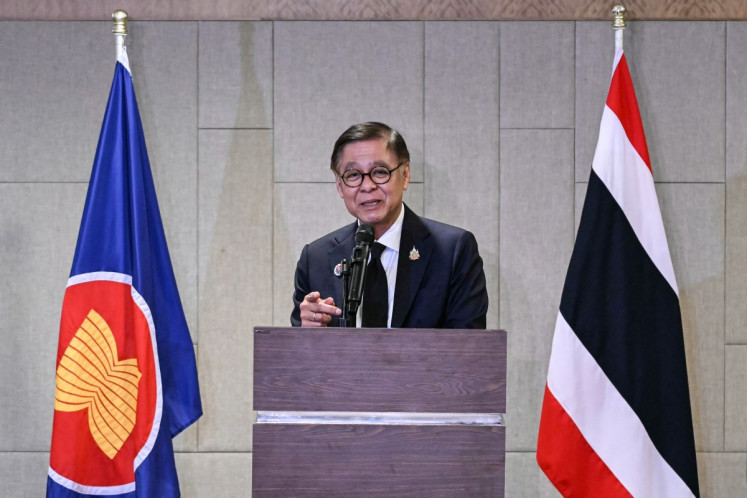Popular Reads
Top Results
Can't find what you're looking for?
View all search resultsPopular Reads
Top Results
Can't find what you're looking for?
View all search resultsThe paradox of Indonesia's Bureaucratic Reform agenda
Analysts often highlight Indonesia's big bureaucracy, which is riddled with ineffectiveness and inefficiencies.
Change text size
Gift Premium Articles
to Anyone
I
deally, bureaucracy is the solution to the state’s problems. Unfortunately, to some extent, bureaucracy is a part of the problem. Of the many problems Indonesia faces today, perhaps its bureaucracy ranks high on the list. Analysts often highlight Indonesia's big bureaucracy, which is riddled with ineffectiveness and inefficiencies.
The ineffectiveness of Indonesia’s bureaucracy refers to its failure to deliver several basic services to Indonesia’s citizens. The complexities of its hierarchical structure, silo organization and corruption culture, among other variables, influence why Indonesia’s bureaucracy is ineffective in fulfilling citizens' demands and expectations of how the government should work and contribute to socioeconomic affairs.
Furthermore, Indonesia's bureaucratic inefficiency arises from its tendency to allocate too many human resources for what could be simple tasks. This impacts job clarity and hinders an organization's adaptability to change. Memes often humorously portray government employees playing video games instead of serving citizens. Despite this, there is a recognition that sometimes Indonesia’s governmental bodies are understaffed, in remote areas, for example. This(mis)allocation of talent thus is a serious issue in Indonesia’s bureaucracy.
Recognizing these deficiencies, the Indonesian government embarked on a Bureaucratic Reform policy over a decade ago. In 2010, a National Grand Design for Bureaucracy was promulgated by the Susilo Bambang Yudhoyono administration in Presidential Decree No. 81/2010. With the ambition to transform Indonesia’s bureaucracy into "world-class" status, one of the strategies was to ensure that public service was the right size and efficient in terms of human resource allocation. However, this initiative seems to be hard to achieve because the current socioeconomic factors, especially Indonesia’s labor market constellation, pose significant challenges.
Two significant challenges impede the progress of bureaucratic reform in Indonesia: demographic shifts and premature deindustrialization. Indonesia is still in a demographic bonus period with an abundance of workers. As of August 2023, the country's labor force reached 147.71 million people, reflecting an increase of about 3.99 million individuals (2.77 percent) compared with August 2022. Despite this surplus, youth unemployment remains stubbornly high, and the number of unemployed graduates is rising.
Statistics Indonesia (BPS) reported that the unemployment rate of the young age group (aged 15–24) was the highest among other groups in August 2023, at 19.40 percent. Meanwhile, the unemployment rate among individuals with Diploma I/II/III and those with Diploma IV, Bachelor's, Master's or Doctoral degrees reached 11.8 percent, affecting nearly 1 million people in February 2023.



















